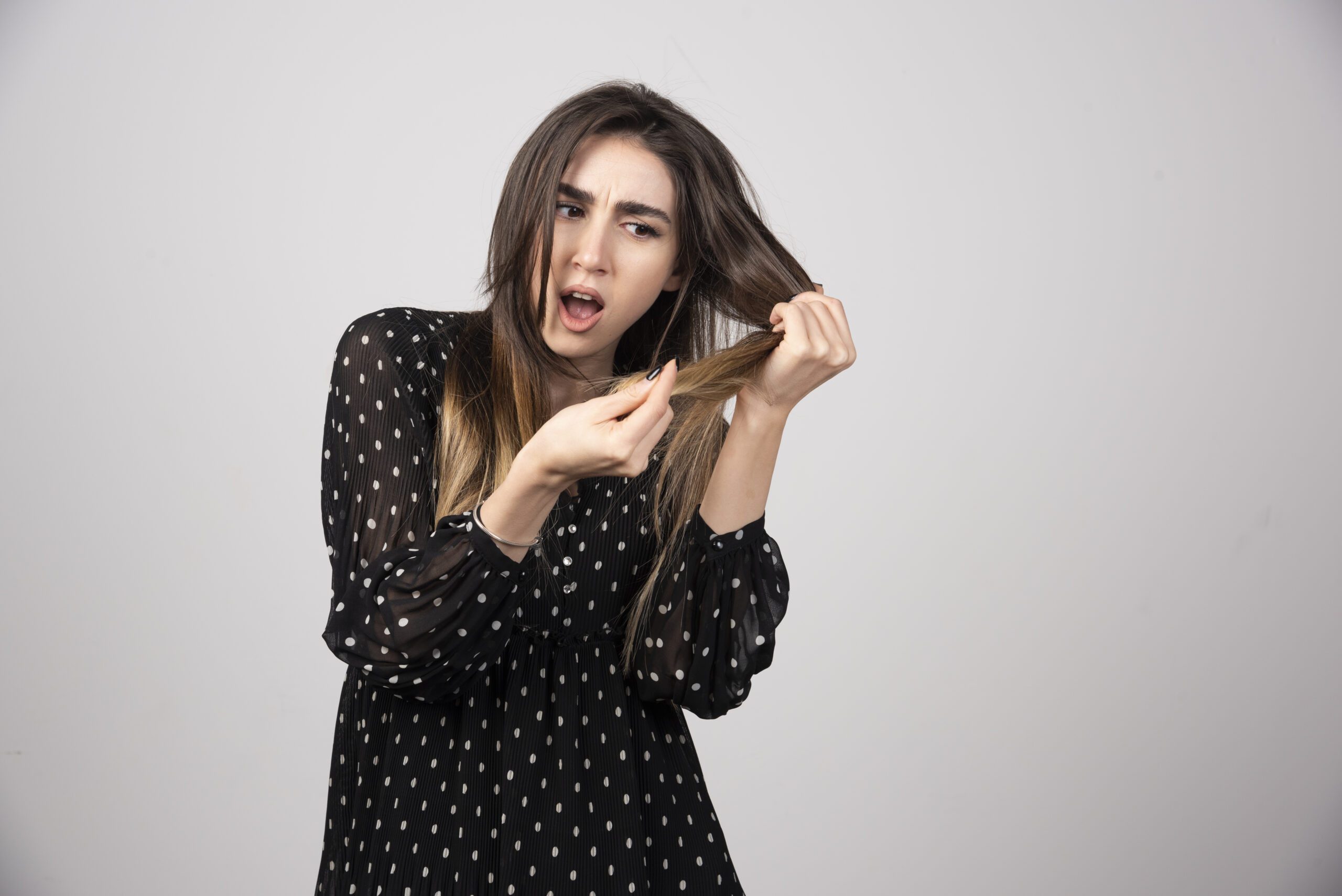The monsoon season brings welcome relief from the heat—but also challenges for hair health. Increased humidity, rainwater exposure, and damp conditions create ideal environments for scalp issues and breakage, leading many to experience monsoon hair fall. Let’s unpack how the season affects your hair, and explore dermatologist-backed prevention methods and evidence-based treatments for a healthy mane during rainy days.
1. Why Causes Monsoon Hair Fall
High Humidity
Excess moisture in the air makes hair shafts swell, weakening them and causing breakage. Humidity also stimulates scalp oil production, which can clog pores and reduce oxygen to follicles
Rainwater Contaminants
Rainwater often carries pollutants and acids, which can strip natural oils, weaken hair proteins, and irritate the scalp
Fungal & Bacterial Growth
Warm, damp conditions encourage fungal growth—like dandruff or ringworm—which inflames the scalp and disrupts hair follicles
Scalp Oil & Sweat Accumulation
Increased sebum and sweat during rainy months lead to clogged follicles and weakened root anchoring
2. How to Identify Monsoon Hair Loss vs Seasonal Shedding
While losing ~100 hairs a day is normal, persistent or excessive loss—especially with scalp itching, patchiness, or sudden shedding—may indicate monsoon-triggered telogen effluvium, scalp infections, or deficiencies
When to see a dermatologist:
- Sudden or patchy thinning
- Scalp inflammation or persistent dandruff
- Hair shedding over 3 months or ~100+ strands/day
3. Daily Prevention for Monsoon Hair Fall
Gentle Washing
- Wash 2–3 times/week using mild, sulfate-free shampoo to remove dirt while preserving natural oils
- Condition only mid-length to ends to maintain moisture balance
Post-Rain Scalp Rinse
- Rinse hair with clean water immediately after getting wet to eliminate contaminants and prevent fungal colonization
- Gently dry using a micro-fiber towel or soft T‑shirt .
Smart Oil Use
- Pre-wash oil massage (once weekly, 1–2 hours before bath) using light oils like coconut, almond, or rosemary can strengthen roots and improve circulation
Avoid Excess Heat & Chemicals
- Limit blow-drying or straightening; embrace air-drying when possible
- Skip chemical treatments like perms or color treatments until after monsoon
♀️ Loose Hairstyles & Wide-Tooth Combs
- Tie hair loosely to allow airflow and reduce tension
- Use wide-tooth combs or round-tipped brushes to prevent breakage .
4. Top Scalp Treatments for Monsoon Hair Fall
Antifungal & Clarifying Shampoos
Use mild shampoos containing ketoconazole or tea tree oil twice a week to curb fungal infections and soothe irritated scalps
Scalp Exfoliation
Gently scrub the scalp every 10–14 days to clear buildup and boost follicle health
Nourishing Masks & Rinses
- Homemade masks: onion or rosemary oil, aloe vera gel, fenugreek paste, or curd–honey mixes replenish nutrients and fight fungal overgrowth
- Green tea and neem rinses reduce inflammation and protect follicles .
5. Lifestyle & Nutritional Support
Stay Hydrated
Drinking adequate water supports scalp hydration and nutrient transport
Balanced Diet
Include proteins, iron, biotin, omega-3s, zinc, and vitamins A/C/D/E to support hair growth from within .
Good Sleep Hygiene
Proper sleep regulates cortisol and melatonin, reducing stress-triggered shedding and promoting growth phases
6. When to Consult a Professional
- Shedding exceeds 100 strands/day for over three months
- Persistent scalp issues—itching, flaking, patchiness
- Signs of Telogen Effluvium (diffuse thinning) or underlying health issues (e.g., anemia, thyroid)
A dermatological assessment may include scalp exams, blood tests, and targeted treatments like medicated shampoos or nutritional supplements.
Prevention & Care Checklist
| Goal | What to Do |
| Keep scalp clean & dry | Wash 2–3x weekly, rinse after rain, dry thoroughly |
| Prevent fungal growth | Use antifungal shampoos & exfoliate scalp |
| Strengthen hair strands | Weekly oil mask, protein-rich diet, hydration |
| Avoid damage | Skip chemicals/heat, use wide-tooth comb |
| Maintain overall health | Balanced diet, quality sleep, manage stress |
| Monitor persistent shedding | Check with dermatologist if >100 hairs/day for 3+ months |
✔️ Why These Work
By addressing key monsoon triggers—humidity, fungus, pollution, and dampness—this approach preserves scalp health, reduces inflammation, and strengthens hair from root to tip
Final Takeaway
Monsoon may challenge your hair’s resilience—but armed with dermatologist-approved strategies and lifestyle adjustments, you can prevent excess hair loss and maintain healthy locks. From shampooing smart to embracing scalp care and nutrition, these seasonal hair care tips protect you through rainy months and beyond.

